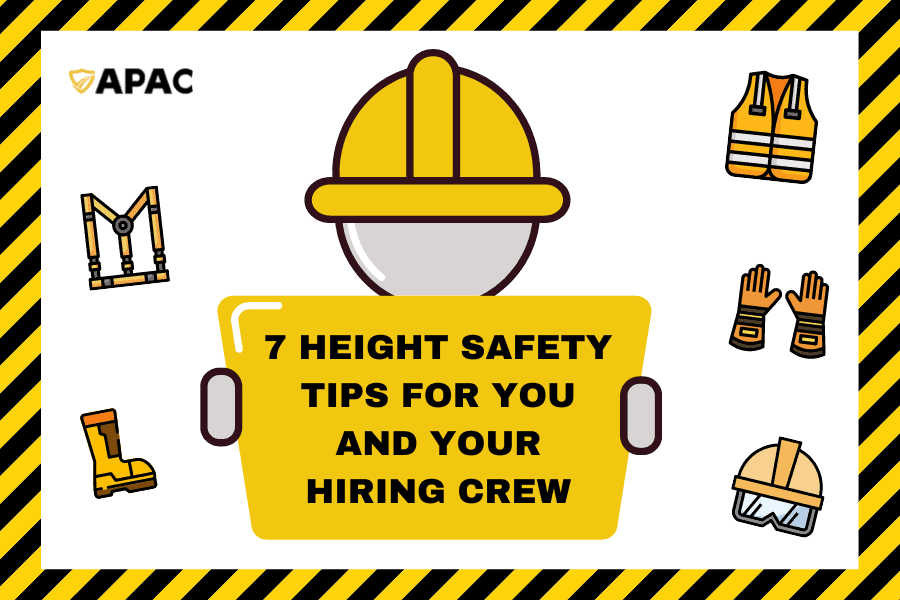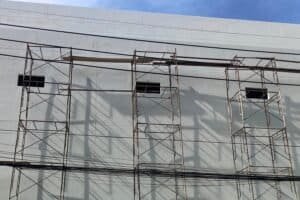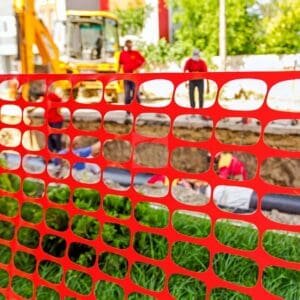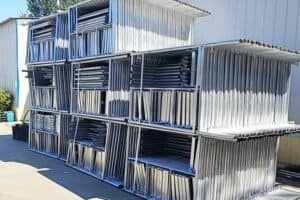Introduction
Working at heights is a dangerous job. Safety is a top priority for every construction crew. It can be easy to overlook safety precautions and equipment when working, but this can lead to serious injuries or even death. Here are some tips for working safely at height:
1. Receive safety training at height before working
You should receive safety training at heights before you start working at heights. This is especially true if you are required to work alone, such as a scaffolder or forklift driver.
Safety training should be provided by a competent person who has received specific training in the area and can demonstrate that they have done so.

2. Wear the correct personal fall protection
If you do not have the right equipment for your job, then you should get a personal fall protection system for your workers so that if something goes wrong during their work, they will be able to brace themselves safely on the ground below them.
Personal fall protection is any equipment, clothing, and/or gear that helps you to minimize your risk of injury during a fall. This can include:
- Use of appropriate safety harness when climbing ladders or scaffolding
- Use of safety lifelines on aerial lifts
- Use of personal fall arrest systems (such as position) when working at a high-rise building
3. Always check your harness regularly
There are many ways to check your harness for damage, wear and tear, and other problems. One of the most common is to look at it from an angle: if you can see through your harness, there could be a problem. The best way to check for this issue is by putting one hand over the webbing and trying to pull it apart with your fingers (or another object). If you’re able to do this without any resistance at all, then there may be something wrong with either one or both sides of your webbing being worn down by use over time—and thus need replacing soon!
Also, make sure that all of your carabiners are working properly before using them again, they should not be stuck together by rust or corrosion when opened up fully in order not only routine inspection requirements but also to keep people safe when working at height because falling objects like construction materials could injure themselves.
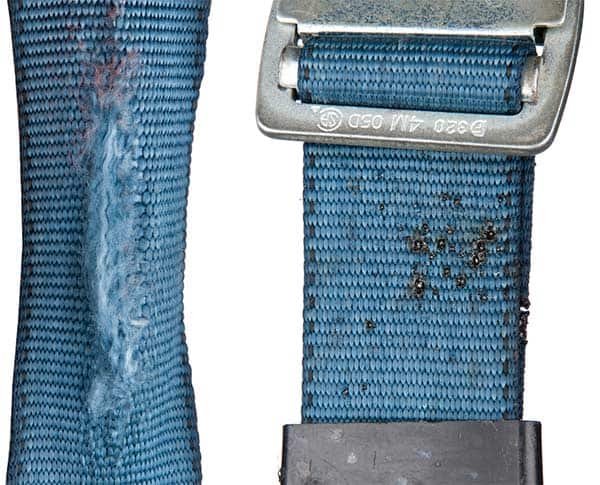
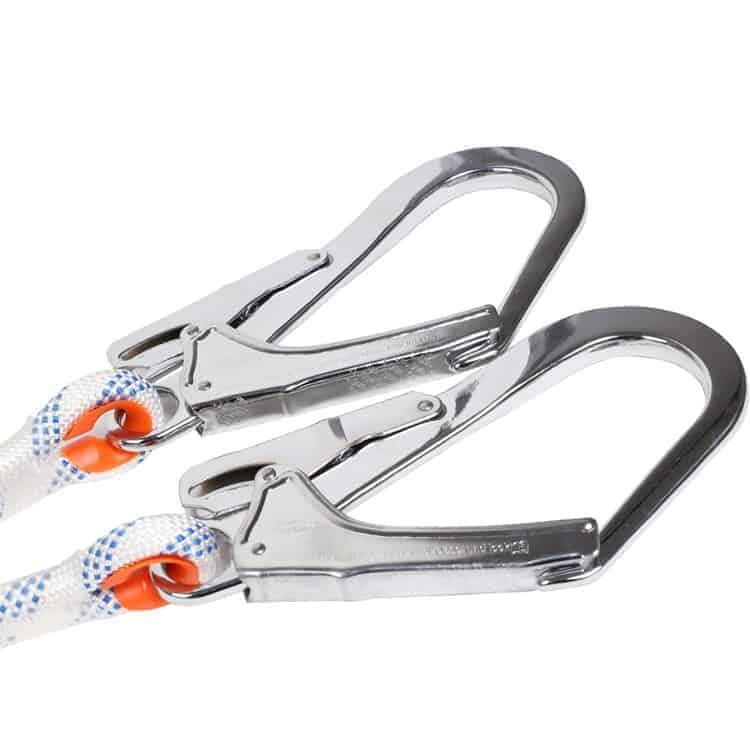
4. Test the anchor points
Test the anchor points. If you’re building a platform, you should test the anchor points before building. This will ensure that your structure is secure and doesn’t become unstable due to an anchor point’s fault. If an anchor point has been damaged or broken, it needs replacement immediately so that no further damage occurs during the construction of your project and no workers were injured as a result.
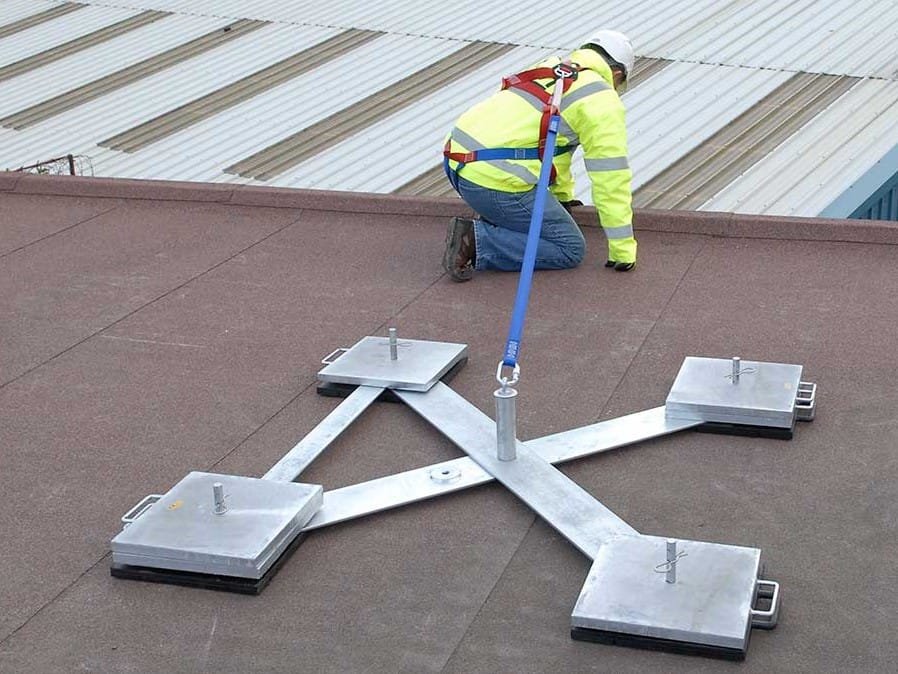
5. Use of edge protection systems or guardrail systems
The use of edge protection systems or guardrail systems is required when working at heights, such as on scaffolding or bridges. These are often used to prevent people from falling off, but they can also be used to prevent falls from falling objects and debris.
Edge protection systems are used to prevent employees from falling off the sides of high-rise buildings. Guardrail systems are guardrails that are placed around the edges of buildings or other structures so that people can work safely inside them. Workers can walk along their perimeter without falling over the edge.
When working at heights, it is important to use edge protection systems or guardrail systems. These are a vital part of working at heights and must be installed correctly. They also need regular inspection and maintenance so that they remain in good condition.
edge protection system
guardrail slab grabber
When working at heights, it is important to use edge protection systems or guardrail systems. These are a vital part of working at heights and must be installed correctly. They also need regular inspection and maintenance so that they remain in good condition.
6. Always wear proper safety gear
Always wear proper safety gear. This includes hard hats, overalls, gloves, shoes, and goggles. It’s also important to have an effective first-aid kit on hand.
The safety and health of your employees are your responsibility. You can’t rely on the job site’s safety and health plan to ensure that everyone is properly protected.
Always wear proper safety gear. The most important piece of safety equipment is a hard hat, which you should wear whenever possible. A hard hat protects your head from falling objects and other hazards.
Other types of protective gear, such as goggles, dust masks, and earplugs, are also essential when working in an area with potential hazards like flying debris or oil spills. You should also make sure that everyone on the job site wears eye protection and respirators if necessary.

7. Never take shortcuts when working at heights
Never take shortcuts when working at heights. This is especially important on scaffolding, as it can lead to accidents and injuries. You should always follow all safety equipment instructions, whether it’s a ladder or a set of steps that you’ll be climbing up or down.
Conclusion
As with any job, there are certain safety measures one must take when working at heights. Whether you are a building owner, a manager, a supervisor, or an employee, keeping your employees safe on the job site is required by law. With our hope that you will never have to deal with a terrible accident on the job site, with these tips and some common sense, you should be able to avoid most of them. Now that you know what to look out for, you can take the necessary precautions in order to protect yourself and those around you.
We hope that the information we’ve provided you has given you a better understanding of how to work safely at heights. If you’re ever in need of further information or assistance, please don’t hesitate to contact us. We are always here to help!


